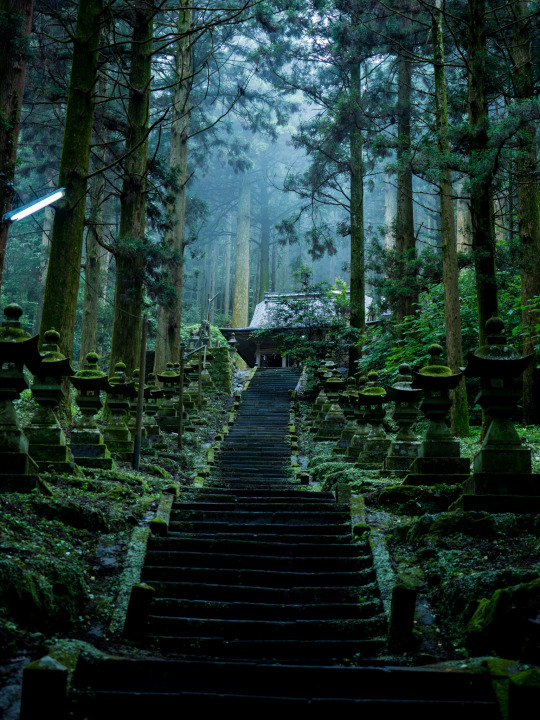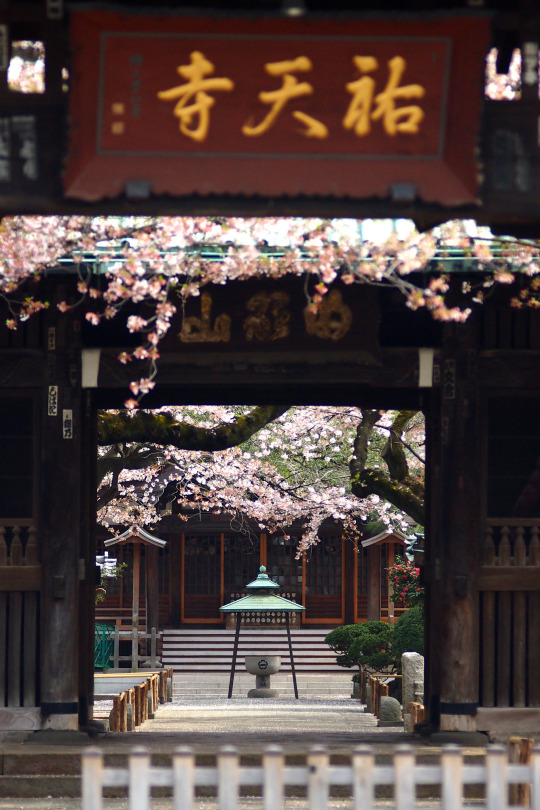Photo

Japanese ginbin – silver teapot. Marked “Mitsukoshi” (Japan’s oldest department store). Handle in woven bamboo and lid knob in yamasango (mountain coral), Late Taisho-period (1912-1926). Photo courtesy Kitsune Japanese Art.
251 notes
·
View notes
Photo

Summer Kimono, Taishō Period, 1911-1927, Japan
Silk, plain weave, hand-tied warp and weft kasuri
Source: Taishō Chic: Japanese Modernity, Nostalgia, and Deco
829 notes
·
View notes
Photo

Warrior in keiko type armor (terra-cotta tomb figurine), Kofun period (6th century), National Living Treasure of Japan. Tokyo National Museum. Image via Pinterest
273 notes
·
View notes
Photo

Kozuka, or knife handle, with crayfish. Japan, 19th century (1801 - 1900). Ashmolean Museum, University of Oxford
327 notes
·
View notes
Photo

Embroidered detail of Furisode, Long-sleeved Kimono with Asano Family Crest), Japan, Meiji period, late 19th Century. Santa Bárbara Museum of Art.
1K notes
·
View notes
Photo

Model: Haruka. Location: Sensoji Temple, Tokyo. Dec 2012. http://www.flickr.com/photos/oglaend/
200 notes
·
View notes
Photo

Former maiko Fukuho of Miyagawacho is now working as a geisha in Tokyo’s hanamachi, Shinbashi. Her actual name is Suzume (“Sparrow”). She debuted at this year’s Azuma Odori and gained a great popularity. Congratulations and good luck, Suzume san!
(Photo from Asahi Shinbun)
443 notes
·
View notes
Photo

Cherry Trees at Yoshino. Pair of six-panel folding screens, Edo Period (1615-1868), 17th century. Ink, mineral colors, and gofun on paper with gold leaf. Each screen: H 68-½ x W 148 in. (173.5cm x 377 cm). Courtesy Erik Thomsen.
163 notes
·
View notes

















